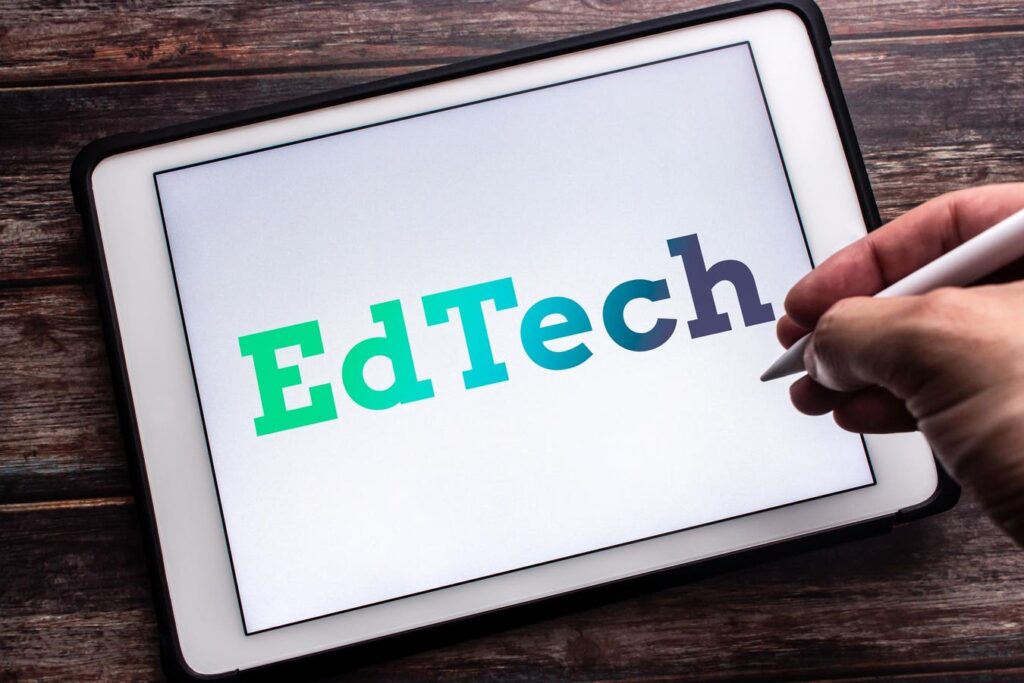As technology becomes more seamlessly integrated into every aspect of our lives, the education sector, or EdTech, is keeping up with the pace. The proliferation of digital learning tools and platforms is transforming the educational landscape and providing unparalleled access to knowledge and learning resources. However, this digital transformation comes with its own challenges, especially when it comes to cybersecurity. The importance of protecting digital platforms from malicious attacks cannot be overstated, as they store sensitive data about students, faculty, and the institution itself.
Manit Kaushal, CTO and co-founder of UPI Study, a pioneering online education platform, shares his insights on the pressing need for greater data security. “The digital realm of education is a treasure trove of personal information and a prime target for cybercriminals. Data privacy concerns are at the forefront of cybersecurity challenges in EdTech, from identity theft to financial fraud. There are risks ranging from “Protecting the personal and financial information of students and educators is not only a privacy issue, but also a trust and safety issue within the education system.
Issues with cybersecurity measures
EdTech platforms are susceptible to a variety of cyber threats, including phishing attacks, ransomware, and data breaches. While phishing attacks trick individuals into providing sensitive information, ransomware locks access to critical data and demands payment for its release.
A recent study found that the education industry reported the highest incidence of ransomware attacks compared to all other industries surveyed. In the 2023 survey, 80% of lower education institutions and 79% of higher education institutions said they had been affected by a ransomware attack, a significant increase from 56% and 64%, respectively, in the 2022 survey. Ransomware attacks cause data breaches and leakage of sensitive information, with serious privacy and security implications. Disclosing sensitive data not only compromises the privacy of students and faculty, but also compromises the institution's security infrastructure.
Implementing effective cybersecurity measures in EdTech is not without its challenges. Budget constraints and resistance to change can hinder the implementation of necessary security protocols, highlighting the need for strategic planning and stakeholder engagement.
Security best practices for students and educators
Securing EdTech platforms requires a multi-pronged approach. Implementing strong and unique passwords, ensuring proper user access rights, performing regular software updates and backups, and fostering a culture of security through training and awareness programs help protect against modern cyber threats. These are the basic steps.
These measures were successfully implemented by UPI Study, an innovative EdTech platform that provides online university credit courses to students. This allows you to transfer up to 60 college credits to degree programs in the U.S. and Canada, making higher education more accessible and affordable.
At UPI Study, both students and educators play an important role in maintaining cybersecurity. In addition to the measures listed above, we employ safe browsing habits, use a VPN, and exercise caution when sharing personal information. UPI Study's commitment to cybersecurity is evident through its certifications and the robust security protocols it employs to protect user data.
It's also important for any organization to understand how to respond to cybersecurity incidents. Immediate action to stop a breach and long-term recovery strategies can reduce the impact of cyberattacks on your institution. In these situations, it is essential to have a detailed incident response plan that clearly defines the roles of all participants.
Once you have implemented complex security measures, it is important to conduct regular security audits to identify vulnerabilities within your EdTech platform. These audits drive continuous improvement of cybersecurity measures and ensure the protection of sensitive data.
The role of AI and machine learning in strengthening EdTech security
Artificial intelligence and machine learning are revolutionizing cybersecurity in EdTech. These technologies enable predictive analytics for early threat detection, automate security protocols, and greatly enhance the ability to defend against cyberattacks.
The rise of AI in education will further complicate cybersecurity. While AI can personalize learning experiences and streamline administrative tasks, it also raises concerns about data privacy and the ethical use of technology. “As we integrate more AI into our platform, we are also expanding our cybersecurity efforts,” he says. “It is important to find the right balance between innovation and privacy and ensure that the use of AI enhances the learning experience without compromising security.”
Legal and regulatory considerations
The legal landscape of cybersecurity in EdTech is multifaceted, and educational institutions must comply with both education standards and privacy laws, including the General Data Protection Regulation (GDPR). Effective implementation of these regulations is essential to ensure security and privacy compliance. Additionally, government support plays a vital role in strengthening cybersecurity in EdTech. By allocating funding to cybersecurity efforts and establishing supportive policies, governments will facilitate the creation of safe digital education environments.
conclusion
Cybersecurity in EdTech is a dynamic and critical area that requires constant attention and adaptation. Securing digital education platforms is critical to protecting the privacy and security of students and educators alike. As EdTech continues to evolve, insights from leaders like Manit Kaushal will be invaluable in shaping the future of safe, accessible, and innovative education. Advances in cybersecurity in EdTech are likely to include the integration of emerging technologies and the development of new strategies to secure digital education platforms. Continuous innovation and adaptation are essential to staying ahead of cybercriminals.
follow me LinkedIn. check out my website.


